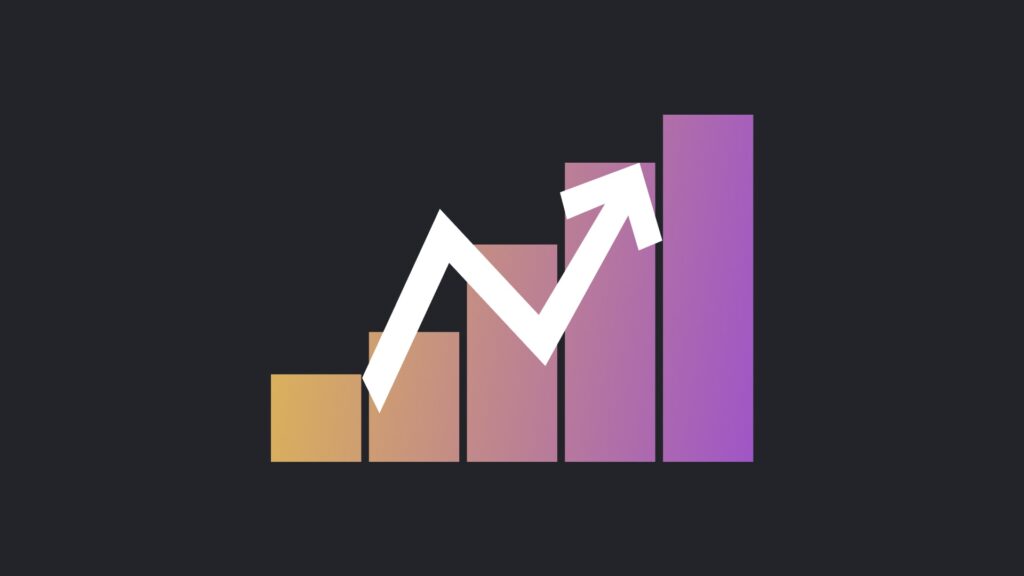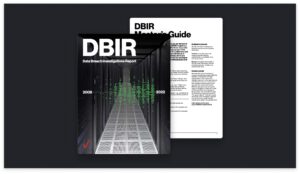Each year it seems we are met with new complex challenges and risks that few could have predicted. In turbulent times, it is prudent to take stock of what business and security leaders can control. Allocating dedicated resources to more effectively manage both known and unknown risk is fast becoming essential to shore-up organizational resiliency.
Turning the focus to the sector that is germane to what we do at Tessian, effectively managing cybersecurity risk is now more critical than ever. In fact, cybersecurity risk is now considered the number 1 risk faced by businesses according to Allianz’s 2022 Global Risk Barometer, followed by business interruption (2) and natural disasters (3).
Read on to learn more about some of the key cyber risks organizations are faced with today, and how best to mitigate it.
Cybersecurity risk is increasing
The costs associated with breaches are increasing each year. The global cost and impact of cybercrime damages is expected to reach $10.5 trillion in damages by 2025 – representing a 350%+ increase from 2015.
A sign of the worsening cyber risk can be seen in the cybersecurity insurance industry. Given the high number of recent claims, up by 500% in 2021, has resulted in cyber insurance premiums seeing significant escalations – essentially doubling over the past year. And as a result of recent developments in Ukraine, leading insurers are now excluding suspected nation-state cyber attacks from coverage provisions.
Persistent and increasing email security risk
Due to its open nature, email remains the preferred method for delivering a malicious payload, including ransomware – responsible for up to 95% of breaches. Email also attracts the greatest investment in the attacker value chain and is the riskiest channel for data loss.
Until recently, detecting and preventing email threats relied on static, rule-based solutions like Secure Email Gateways (SEGs). These solutions are only able to detect known threats because they rely on a threat detection engine of already documented threat campaigns. But threats have become more advanced and are proliferating at an alarming rate, with the net result these threats are going undetected by SEGs and are reaching victims’ mailboxes.
According to Verizon’s DBIR 2022, email-delivered social engineering attacks are growing in complexity, with phishing responsible for 60% of these attacks. In addition, the FBI reported that $43 billion has been lost globally due to Business Email Compromises (BEC) in the past 5 years, with a 65% increase in BEC fraud related losses reported globally in the period 2019 to 2021.
The growing ransomware challenge
Advanced cyber threats like ransomware are also trending in the wrong direction. Ransomware related damages exceeded $20 billion for 2021 – representing a 57x fold increase from 2015. By 2031 ransomware damages are expected to reach $265 billion. Responsible for 75% of cybersecurity insurance claims, Ransomware-as-a-Service offerings are mainstreaming the ability to carry out devastating ransomware attacks.
Russia-based Conti ransomware gang aka Wizard Spider has been linked to 50 incidents in April 2022 alone, including attacks on the Costa Rican and Peruvian governments. Currently there is a $15million bounty on Conti from the US government – indicative of the scale of the problem. The FBI estimates that over 1,000 Conti ransomware victims have paid in excess of $150 million in ransom in the past year.
Also concerning is the increasing proliferation of wiper-malware seen in 2022 in cyber attacks against the Ukraine in 2022. Disguised as ransomware, wiper-malware essentially wipes all data from infected hosts. In response to the growing ransomware threat, CISA announced the formation of a ransomware taskforce at the end of May 2022.
Software supply chain vulnerability
Software supply chain cyber risk is another leading concern for CIOs and CISOs. The acceleration of digital transformation and cloud adoption, and increased speed of deployment through DevOps processes, have resulted in dramatically expanding the attack surface area with vulnerable code and applications exposed online.
Software supply chain attacks remain a vulnerable element given the high impact and high reward for the attackers as has been demonstrated in the SolarWinds and Kaseya attacks.
Final thoughts for staying safe in a volatile cybersecurity environment
Prioritizing cybersecurity program development is now a core aspect of effective organizational risk management. There however remains a collective need in the vendor and the broader business community to elevate and educate executives particularly at the board level, on the importance of proactive cybersecurity risk management.
Assume you will suffer a breach. From this risk-aware position think about the proactive steps you can take to improve your cyber resilience. The escalating email, ransomware, wiper malware and supply chain vulnerability risks underscore the imperative for investing in intelligent and agile cybersecurity defenses.
Continuously seek out innovative solutions that keep your environment safe, while at the same time ensure high degrees of employee engagement on the importance of security awareness.
To see how the Tessian Intelligent Cloud Email Security platform prevents ransomware attacks, and protects against DLP, watch a product overview video or book a demo.
For the latest cybersecurity news and articles, sign up for our newsletter, and follow us on Twitter and LinkedIn

















